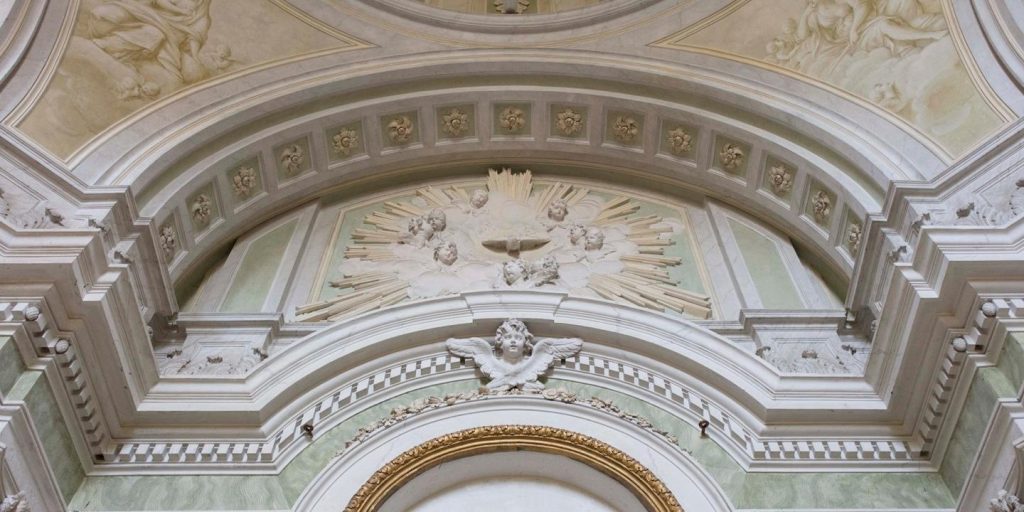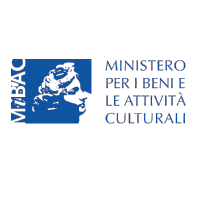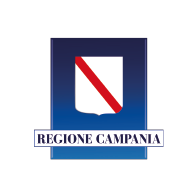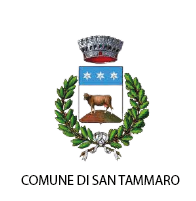
Inclusion
Carditello is a model of inclusive policy in the cultural sites
OpenCoesione – the open government initiative organized by the Cohesion Policy Department of the Presidency of the Council of Ministers – has included the Carditello Royal Site Foundation in the perspective of virtuous models of the Cohesion Policies applied to museums and cultural sites, to finance accessibility and inclusion measures, together with the Verrucole Fortress, in the internal area of the Garfagnana, and with some Unesco sites of the Adriatic area. An important recognition for Carditello, which rewards the sustainable growth and inclusive policy of the Foundation managed by the President Luigi Nicolais.
but it is also a lifestyle.

Today Carditello is also an example of redemption and rebirth
An even more significant value, considering that the International Council of Museums (ICOM) dedicated 2020 to the theme “Museums for equality: diversity and inclusion” and that, until a few years ago, Carditello was the symbol of decay and abandonment in the Land of Fires, while today it is an example of redemption and rebirth, open to families, children and political refugees thanks also to the agreement with the Protection System for asylum seekers and refugees (SPRAR) of the Ministry of the Interior.

Carditello expresses a dynamic, inclusive, research-oriented environment
of knowledge and focused on the social and economic development of the territory,
establishing itself as a reference point for the local community and
stimulating sustainable relationships with stakeholders”.
More than 20 million euros have been destined for Carditello. 3 million euros of this amount, has already been spent on the first restoration
From the analysis of the data – carried out by the Evaluation and Programming Analysis Unit (NUVAP) and by OpenCoesione – it can be deduced that about € 6.5 billion of total investments in the cultural sector, about 85% concerns works destined for interventions of restoration, recovery and enhancement of the cultural heritage.
In this universe, over 1 billion euros has financed 713 projects associated with 443 museums, distributed in 346 Municipalities, 56% of which are located in the South of Italy. In fact, it is in the south of the country that projects (69%), amount of funding (67%) and number of museums involved (57% of the total) are concentrated.
Over 20 million euros of cohesion policy have been allocated to Carditello – 10 million euros of this amount, are currently visible on the OpenCoesione platform and 3 millions euros has already been spent on the first restoration – which allowed for the physical recovery of the monumental complex and the surrounding open areas, and for the activation of a series of initiatives in the social, cultural and environmental sectors.
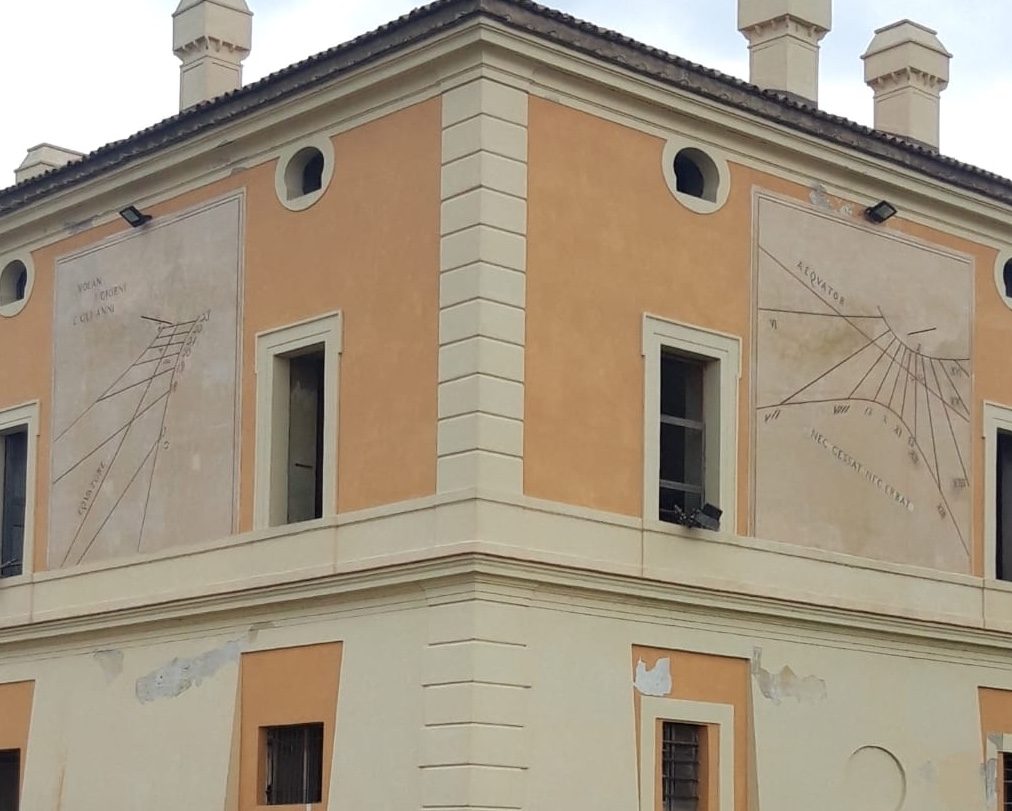
of the Campania Bourbon sites,
sharing a single enhancement strategy”.
The foundation has built an important network of agreements on the territory
The main agreements were reached with the Environmental Protection Unit of the Carabinieri, operating in the area up to Castel Volturno (CE), with the ASL of Caserta for the management of horses and assisted activities with the animals, with the SPRAR of Santa Maria Capua Vetere to welcome refugees (a refugee is currently employed to look after the 45 horses of the stable and the start of the hippotherapy course), with the Campania Region for the cleaning and maintenance of the woods, through the free availability of the agroforestry workers during the months in which ordinary activities are stopped, with the system of prisons for activities with prisoners and with the student parliament of the Aversa’s diocese, with 100 nationalities represented and its headquarters in Carditello
OpenCoesione, the open government initiative on cohesion policies in Italy, collects data and information on planned resources and expenditure, locations, thematic areas, programmers and implementers, implementation times and payments of individual projects, allowing citizens, administrators, innovation entrepreneurs, researchers and journalists to evaluate the effectiveness and coherence of the use of cohesion policy resources, with respect to the specific needs of the territories, in terms of infrastructures or services, but also of human and social capital to match them development opportunities.
